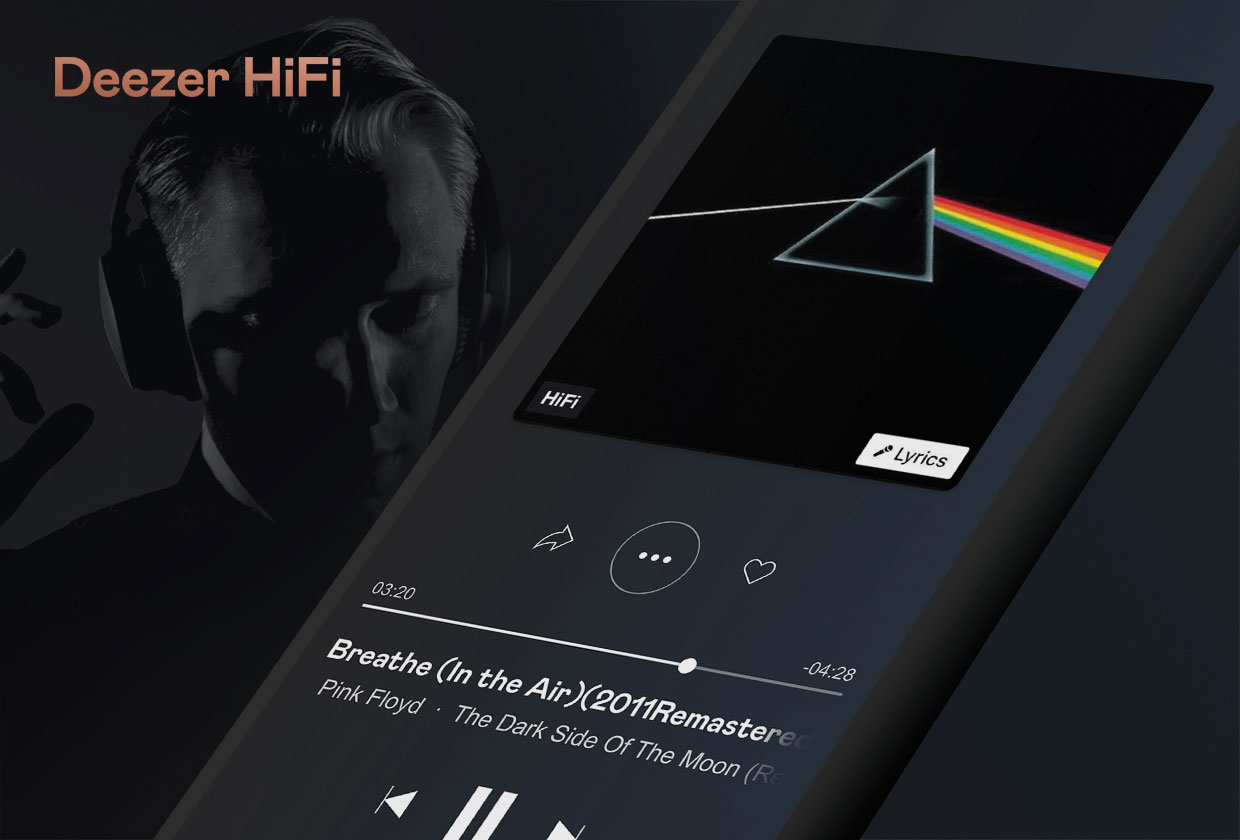- Galaxy Active 2 Deezer Price
- Galaxy Watch Active 2 Et Deezer
- Galaxy Active 2 Deezer Review
- Galaxy Active 2 Deezer For Sale
- Galaxy Active 2 Deezer 2
Maximize your screen space with an uninterrupted view on a sleek body fitted with a touch bezel for quick control. Galaxy Watch Active2 features an enlarged display with a pure black screen and a border that's hardly there for more space to get. The insight you need. 2 Pack Screen Protector Case for Samsung Galaxy Active 2 44mm, All-Around TPU Anti-Scratch Flexible Case Soft Protective Bumper Cover for Samsung Galaxy Watch Active 2. Clear and Rose Gold(44mm) 4.4 out of 5 stars 3,322. 2002 — Astronomers at the Max Planck Institute for Extraterrestrial Physics present evidence for the hypothesis that Sagittarius A. is a supermassive black hole at the center of the Milky Way galaxy; 2002 — NASA's Chandra X-ray Observatory identifies double galactic black holes system in merging galaxies NGC 6240 2004 — Further observations by a team from UCLA present even.
Timeline of black holephysics
Pre-20th century[edit]
Galaxy Active 2 Deezer Price
- 1640 — Ismaël Bullialdus suggests an inverse-square gravitational force law
- 1676 — Ole Rømer demonstrates that light has a finite speed
- 1684 — Isaac Newton writes down his inverse-square law of universal gravitation
- 1758 — Rudjer Josip Boscovich develops his theory of forces, where gravity can be repulsive on small distances. So according to him strange classical bodies, such as white holes, can exist, which won't allow other bodies to reach their surfaces
- 1784 — John Michell discusses classical bodies which have escape velocities greater than the speed of light
- 1795 — Pierre Laplace discusses classical bodies which have escape velocities greater than the speed of light
- 1798 — Henry Cavendish measures the gravitational constantG
- 1876 — William Kingdon Clifford suggests that the motion of matter may be due to changes in the geometry of space
20th century[edit]
- 1909 — Albert Einstein, together with Marcel Grossmann, starts to develop a theory which would bind metric tensorgik, which defines a spacegeometry, with a source of gravity, that is with mass
- 1910 — Hans Reissner and Gunnar Nordström defines Reissner–Nordström singularity, Hermann Weyl solves special case for a point-body source
- 1915 — Albert Einstein presents (David Hilbert has presented this independently five days earlier in Göttingen) the complete Einstein field equations at the Prussian Academy meeting in Berlin on 25 November 1915[1]
- 1916 — Karl Schwarzschild solves the Einstein vacuumfield equations for uncharged spherically-symmetric non-rotating systems
- 1917 — Paul Ehrenfest gives conditional principle a three-dimensional space
- 1918 — Hans Reissner and Gunnar Nordström solve the Einstein–Maxwell field equations for charged spherically-symmetric non-rotating systems
- 1918 — Friedrich Kottler gets Schwarzschild solution without Einstein vacuum field equations
- 1923 — George David Birkhoff proves that the Schwarzschild spacetime geometry is the unique spherically symmetric solution of the Einstein vacuum field equations
- 1931 — Subrahmanyan Chandrasekhar calculates, using special relativity, that a non-rotating body of electron-degenerate matter above a certain limiting mass (at 1.4 solar masses) has no stable solutions
- 1939 — Robert Oppenheimer and Hartland Snyder calculate the gravitational collapse of a pressure-free homogeneous fluid sphere into a black hole
- 1958 — David Finkelstein theorises that the Schwarzschild radius is a causality barrier: an event horizon of a black hole
- 1963 — Roy Kerr solves the Einstein vacuum field equations for uncharged symmetric rotating systems, deriving the Kerr metric for a rotating black hole
- 1963 — Maarten Schmidt discovers and analyzes the first quasar, 3C 273, as a highly red-shifted active galactic nucleus, a billion light years away
- 1964 — Roger Penrose proves that an imploding star will necessarily produce a singularity once it has formed an event horizon
- 1964 — Yakov Zel’dovich and independently Edwin Salpeter propose that accretion discs around supermassive black holes are responsible for the huge amounts of energy radiated by quasars[1]
- 1964 — Hong-Yee Chiu coins the word quasar for a 'quasi-stellar radio source' in his article in Physics Today
- 1964 — The first recorded use of the term 'black hole', by journalist Ann Ewing
- 1965 — Ezra T. Newman, E. Couch, K. Chinnapared, A. Exton, A. Prakash, and Robert Torrence solve the Einstein–Maxwell field equations for charged rotating systems
- 1966 — Yakov Zel’dovich and Igor Novikov propose searching for black hole candidates among binary systems in which one star is optically bright and X-ray dark and the other optically dark but X-ray bright (the black hole candidate)[1]
- 1967 — Jocelyn Bell discovers and analyzes the first radio pulsar, direct evidence for a neutron star[2]
- 1967 — Werner Israel presents the proof of the no-hair theorem at King's College London
- 1967 — John Wheeler introduces the term 'black hole' in his lecture to the American Association for the Advancement of Science[1]
- 1968 — Brandon Carter uses Hamilton–Jacobi theory to derive first-order equations of motion for a charged particle moving in the external fields of a Kerr–Newman black hole
- 1969 — Roger Penrose discusses the Penrose process for the extraction of the spinenergy from a Kerr black hole
- 1969 — Roger Penrose proposes the cosmic censorship hypothesis
- 1972 — Identification of Cygnus X-1/HDE 226868 from dynamic observations as the first binary with a stellar black hole candidate
- 1972 — Stephen Hawking proves that the area of a classical black hole's event horizon cannot decrease
- 1972 — James Bardeen, Brandon Carter, and Stephen Hawking propose four laws of black hole mechanics in analogy with the laws of thermodynamics
- 1972 — Jacob Bekenstein suggests that black holes have an entropyproportional to their surface area due to information loss effects
- 1974 — Stephen Hawking applies quantum field theory to black hole spacetimes and shows that black holes will radiate particles with a black-body spectrum which can cause black hole evaporation
- 1975 — James Bardeen and Jacobus Petterson show that the swirl of spacetime around a spinning black hole can act as a gyroscope stabilizing the orientation of the accretion disc and jets[1]
- 1989 — Identification of microquasarV404 Cygni as a binary black hole candidate system
- 1994 — Charles Townes and colleagues observe ionized neon gas swirling around the center of our Galaxy at such high velocities that a possible black hole mass at the very center must be approximately equal to that of 3 million suns[3]
21st century[edit]
- 2002 — Astronomers at the Max Planck Institute for Extraterrestrial Physics present evidence for the hypothesis that Sagittarius A* is a supermassive black hole at the center of the Milky Way galaxy
- 2002 — NASA's Chandra X-ray Observatory identifies double galactic black holes system in merging galaxiesNGC 6240
- 2004 — Further observations by a team from UCLA present even stronger evidence supporting Sagittarius A* as a black hole
- 2006 — The Event Horizon Telescope begins capturing data
- 2012 — First visual evidence of black-holes: Suvi Gezari's team in Johns Hopkins University, using the Hawaiian telescope Pan-STARRS 1, publish images of a supermassive black hole 2.7 million light-years away swallowing a red giant[4]
- 2015 — LIGO Scientific Collaboration detects the distinctive gravitational waveforms from a binary black hole merging into a final black hole, yielding the basic parameters (e.g., distance, mass, and spin) of the three spinning black holes involved
- 2019 — Event Horizon Telescope collaboration released the first direct photo of a black hole, the supermassive M87* at the core of the Messier 87 galaxy
References[edit]
- ^ abcdeThorne, Kip S. (1994). Black holes and time warps : Einstein's outrageous legacy. New York. ISBN0393035050. OCLC28147932.
- ^Ferrarese, Laura; Ford, Holland (February 2005). 'Supermassive Black Holes in Galactic Nuclei: Past, Present and Future Research'. Space Science Reviews. 116 (3–4): 523–624. arXiv:astro-ph/0411247. Bibcode:2005SSRv.116.523F. doi:10.1007/s11214-005-3947-6. S2CID119091861.
it is fair to say that the single most influential event contributing to the acceptance of black holes was the 1967 discovery of pulsars by graduate student Jocelyn Bell. The clear evidence of the existence of neutron stars – which had been viewed with much skepticism until then – combined with the presence of a critical mass above which stability cannot be achieved, made the existence of stellar-mass black holes inescapable.
- ^Genzel, R; Hollenbach, D; Townes, C H (1994-05-01). 'The nucleus of our Galaxy'. Reports on Progress in Physics. 57 (5): 417–479. Bibcode:1994RPPh..57.417G. doi:10.1088/0034-4885/57/5/001. ISSN0034-4885.
- ^[1] Scientific American – Big Gulp: Flaring Galaxy Marks the Messy Demise of a Star in a Supermassive Black Hole
Galaxy Watch Active 2 Et Deezer
See also[edit]
Welcome to the home of the best How-to guides for your Samsung Galaxy needs. If you are wondering what is the Tips and tricks or hidden feature of this watch, so today we are talking about Galaxy Watch Active 2 Tips and Tricks or Hidden Features.
Galaxy Active 2 Deezer Review
Samsung Galaxy Watch Active 2 Tips and Tricks or Hidden Features
#1. Setup Good Night Mode (Do Not Disturb)
Much like toggling apps on and off, you may have times that you don’t want to hear anything out of the Galaxy Watch. Like while you’re asleep for instance. Samsung has taken this into consideration and including a Do Not Disturb option, and another, called Good Night Mode.
- Open Wearable app
- Scroll and find Advanced
- Find Good Night Mode
- Toggle on or off for manually notification shutoffs

You can also schedule times with the traditional Do Not Disturb Mode
- Open Wearable app
- Advanced
- Do Not Disturb
- Manually toggle or set a scheduled times
#2. Pick a Watch Face
Another great thing about having a smartwatch is the customizations. Samsung’s default offerings for watch faces is fairly robust and you can download even more. You can also set custom colors and widgets on each face.

- Open the Wearable app
- Tap the Watch Faces tab at the top
- Choose the watch face that you prefer
- Choose the customize button to further change the watch face
- Save the watch face
#3. Always-on screen mode
Something you still can’t do on an Apple Watch is keep the screen on at all times. On Samsung smartwatches it’s an entirely different story. Doing this will inevitably impact battery life, so that’s something to keep in mind. If you’re happy to take that battery hit, there’s a couple of ways to turn it on. The easiest way to do it is from the quick settings menu, which you can access by swiping down from the main watch screen.
- Tap the cog icon, which will push you into the settings
- And the first option in settings will be Watch faces.
- Tap on that menu
- Scroll down to Watch always on then tap to turn on or off.
#4. Take a picture of your screen
If for any reason you feel the need to capture a screen on your smartwatch, the way to do this is to swipe right on the screen while at the same time pressing the Home button (the bottom right physical button) to take a screenshot. It’s quite fiddly to do and you may end up opening the Power off screen the first few times. The pics are stored in the Gallery app on the watch, and to view the screen captures you’ll have to manually transfer these to your phone. Unfortunately, this isn’t a feature iPhone owners can make use of.
#5. Auto open apps
Deluge download for mac. We don’t know how useful this will be to everyone, but Samsung has included the ability to launch apps automatically simply by navigating to them. So when you’re inside of the app tray and the indicator is pointing to a certain app, it’ll launch it without an additional tap. It’s turned off by default, so you’ll need to go into the settings and into the Apps menu and look for Auto open apps. Tap it to turn the feature on and it should now start to work.
Galaxy Active 2 Deezer For Sale
For The Latest Activities And News Follow Our Social Media Handles:
Galaxy Active 2 Deezer 2
- Facebook: AndroidResult
- Twitter: AndroidResult
- Instagram: AndroidResult

